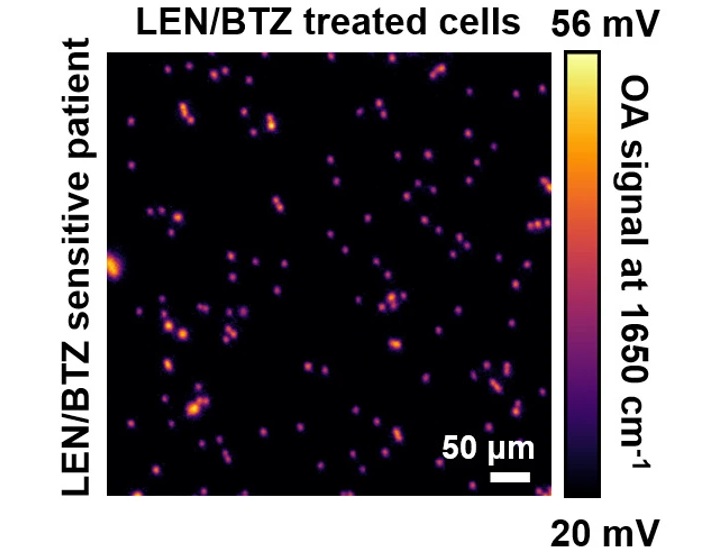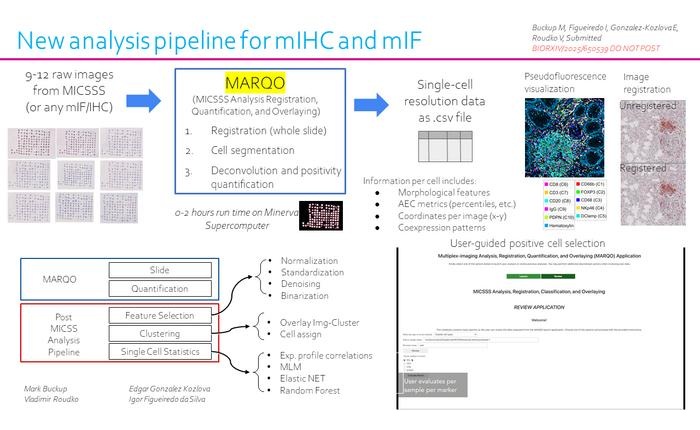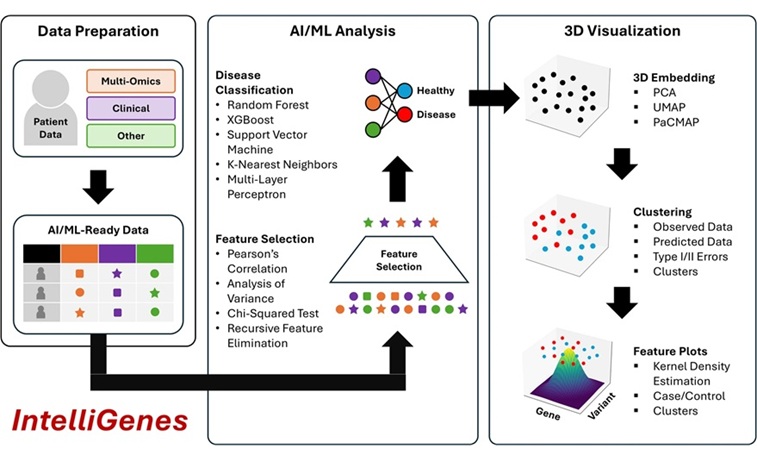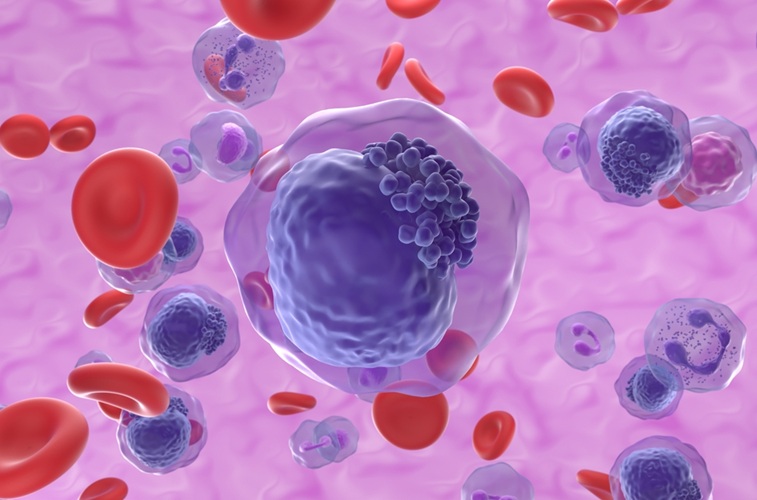Novel Method Tracks Cancer Treatment in Cells Without Dyes or Labels
Posted on 16 Jul 2025
Multiple myeloma is a blood cancer that affects plasma cells in the bone marrow, leading to abnormal protein production, weakened immunity, and organ damage. Traditional methods for evaluating myeloma treatment often require large cell samples, complex preparation, and time-intensive measurements, making it challenging to monitor individual patient responses quickly and accurately. As treatment effectiveness can vary from patient to patient, it’s crucial to assess how cancer cells are responding to therapy in real-time. Now, researchers have developed a novel method to track cancer treatment responses in individual cells without the need for dyes or labels, providing faster and more precise insights into treatment effectiveness.
The mid-infrared optoacoustic microscopy (MiROM) technology, developed by researchers from Helmholtz Munich (Munich, Germany) and the Technical University of Munich (Munich, Germany), can track treatment responses in individual cancer cells without the need for dyes or labels. This technology uses mid-infrared light to detect molecular vibrations in proteins, which helps to identify structural changes such as protein misfolding, a key indicator of myeloma treatment response.

MiROM works by capturing ultrasound waves generated when proteins absorb infrared light, causing a localized temperature increase. This approach enables real-time visualization of protein changes inside living cells, allowing for more personalized treatment of multiple myeloma patients. The researchers demonstrated MiROM’s ability to analyze individual cells with minimal sample preparation, providing fast insights into how treatments impact protein structures at the cellular level.
The MiROM technology was tested and validated by applying it to living myeloma cells. It successfully detected protein misfolding and apoptosis, or programmed cell death, which are key indicators of whether cancer treatments are working or if drug resistance is developing. Published in Lancet Healthy Longevity, the findings suggest that MiROM can provide near-instantaneous assessments of cancer treatment effectiveness, paving the way for more personalized therapy adjustments.
Beyond myeloma, MiROM shows potential for diagnosing other diseases related to protein misfolding, such as Alzheimer’s and Parkinson’s. Future research will focus on optimizing the technology for faster imaging and enhancing its sensitivity for broader clinical applications, including drug screening, diagnostics, and home-based patient monitoring.
“We envision the use of MiROM in drug screening, diagnostic tests and home-based patient monitoring,” said Prof. Vasilis Ntziachristos, a senior investigator in the study.
Related Links:
Helmholtz Munich
Technical University of Munich













